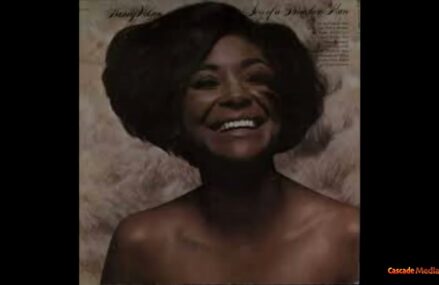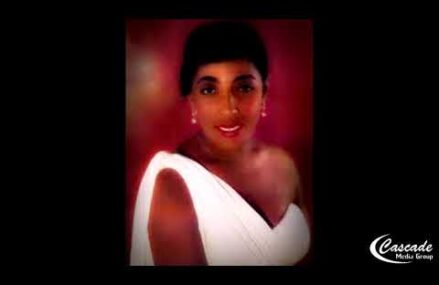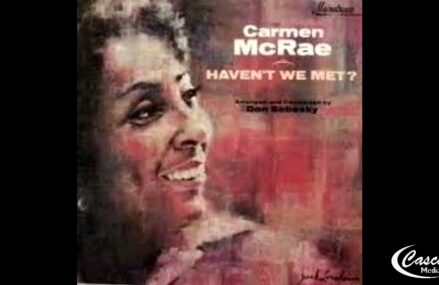On December 17, 1947, Blakey led a group known as “Art Blakey’s Messengers” in his first recording session as a leader, for Blue Note Records. The records were released as 78 rpm records at the time, and two of the songs were released on the “New Sounds” 10″ LP compilation (BLP 5010). The octet included Kenny Dorham, Sahib Shihab, Musa Kaleem, and Walter Bishop, Jr.[24]
Around the same time (1947[2][10] or 1949[7]:20[8]) he led a big band called Seventeen Messengers. The band proved to be financially unstable and broke up soon after.[7]:20 The use of the Messengers tag finally stuck with the group co-led at first by both Blakey and pianist Horace Silver, though the name was not used on the earliest of their recordings.[26]
The “Jazz Messengers” name was first used for this group on a 1954 recording nominally led by Silver, with Blakey, Mobley, Dorham, and Doug Watkins[27]—the same quintet recorded The Jazz Messengers at the Cafe Bohemia the following year, still functioning as a collective.[26] Donald Byrd replaced Dorham, and the group recorded an album called simply The Jazz Messengers for Columbia Records in 1956.[28] Blakey took over the group name when Silver left after the band’s first year (taking Mobley and Watkins with him to form a new quintet), and the band name evolved to include Blakey’s name, eventually settling upon “Art Blakey and the Jazz Messengers”. Blakey led the group for the rest of his life.[14]
It was the archetypal hard bop group of the 1950s, playing a driving, aggressive extension of bop with pronounced blues roots.[2] Towards the end of the 1950s, the saxophonists’ Johnny Griffin and Benny Golson were in turn briefly members of the group.[29][30] Golson, as musical director, wrote several jazz standards which began as part of the band book, such as “I Remember Clifford”, “Along Came Betty”, and “Blues March”, and were frequently revived by later editions of the group. “Whisper Not” and “Are You Real” were other Golson compositions for Blakey.[8]
Performing at the Umeå jazz festival, Sweden. 1979
From 1959 to 1961, the group featured Wayne Shorter on tenor saxophone, Lee Morgan on trumpet, pianist Bobby Timmons and Jymie Merritt on bass. The group recorded several albums for Blue Note Records including The Big Beat and A Night in Tunisia. From 1961 to 1964, the band was a sextet that added trombonist Curtis Fuller and replaced Morgan, Timmons, and Merritt with Freddie Hubbard, Cedar Walton, and Reggie Workman, respectively. The group evolved into a proving ground for young jazz talent and recorded albums such as Buhaina’s Delight, Caravan, and Free For All. While veterans occasionally reappeared in the group, by and large, each iteration of the Messengers included a lineup of new young players. Having the Messengers on one’s resume was a rite of passage in the jazz world, and conveyed immediate bona fides.[6][10][14][31]
Many Messenger alumni went on to become jazz stars in their own rights, such as Lee Morgan, Benny Golson, Wayne Shorter, Freddie Hubbard, Bobby Timmons, Curtis Fuller, Chuck Mangione, Keith Jarrett, Joanne Brackeen, Woody Shaw, Wynton Marsalis, Branford Marsalis, Terence Blanchard, Donald Harrison, and Mulgrew Miller.[6][9][14] For a complete list of Art Blakey and the Jazz Messengers alumni, including some who did not actually record with the band, see The Jazz Messengers.
Later career
mersContact WikipediaMobile viewDevelopersStatisticsCookie statementWikimedia FoundationPowered by MediaWiki



